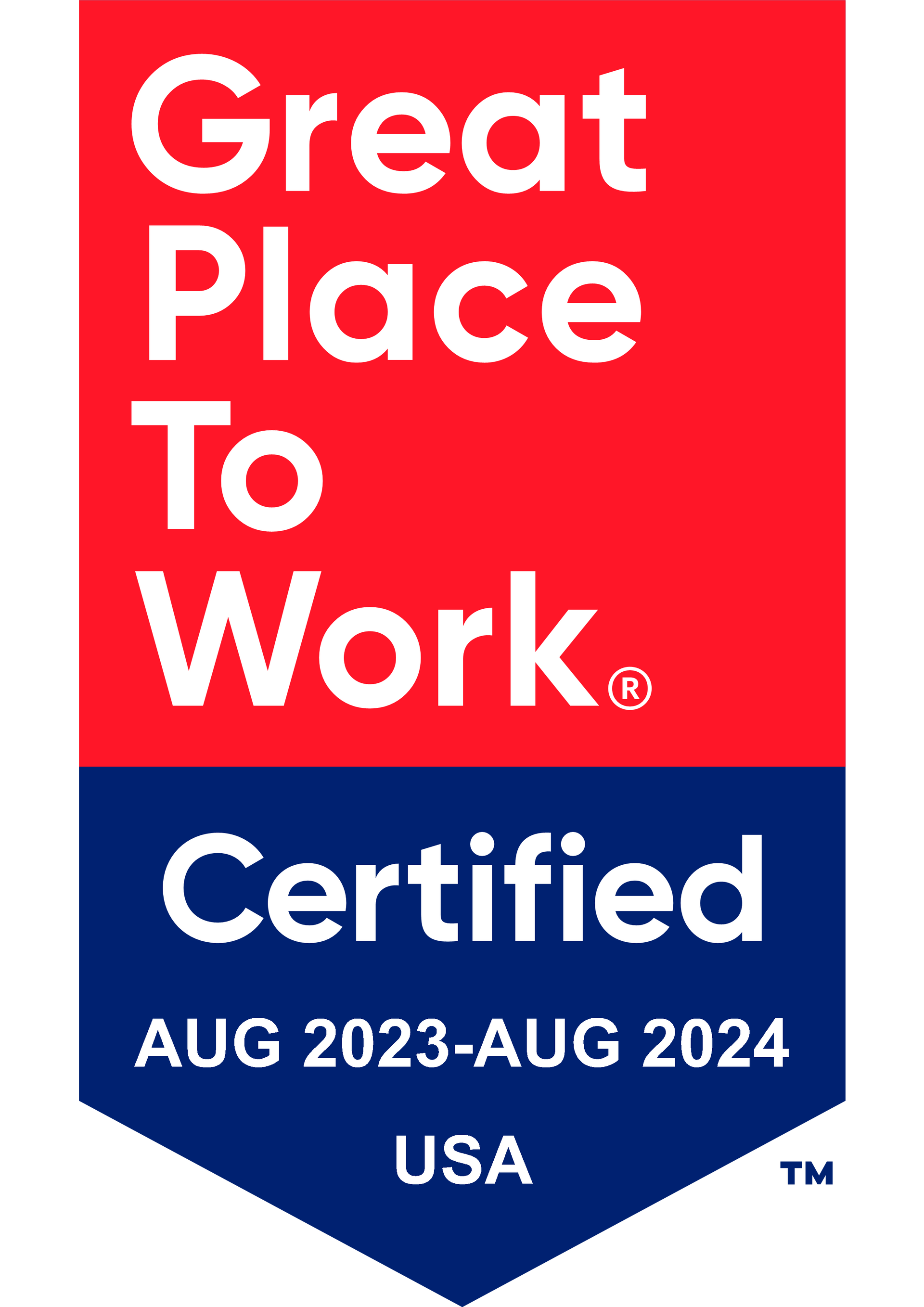Get in touch
408-366-8880
mymail@mailservice.com

5 Workers Comp Issues for Health Care Workers
Your organization’s health care workers are committed to serving patients with care – but unfortunately, that strong work ethic can put them at risk for their own workplace injuries. According to one report, health care workers sustain more injuries and illnesses on the job each year than other industries – with back injuries alone costing the health care industry more than $7 billion annually. In 2019, U.S. hospitals recorded 221,400 work-related injuries and illnesses, a rate of 5.5 work-related injuries and illnesses for every 100 full-time employees – almost twice the rate for other industries and even higher than the construction and manufacturing fields. The physically demanding nature of the job can certainly be a factor in these injuries, but there are other factors at play, too.
Let’s take a look at the circumstances that make health care workers more likely to sustain a workplace injury, as well as the possible solutions that can help them stay safe.
SCHEDULE CONCERNS
Extended work schedules are common among health care workers. These long hours can have a severe and long-lasting impact on their health and safety. In addition, many health care institutions such as hospitals and nursing homes are understaffed, further complicating the problem.
One study from the
American Journal of Nursing found that more than a quarter of nurses worked 12 or more hours a day, and more than a third worked six or more days in a row. Seventeen percent of nurses worked mandatory overtime, and 40% of those working in a hospital had on-call requirements.
A study by the World Health Organization (WHO) and International Labour Organization (ILO) found that working 55 or more hours a week brings a higher risk of stroke and death from ischemic heart disease.
In a health care setting, long hours and shift work can often be unavoidable. However, if at all possible, WHO suggested these changes to keep health care workers safe:
- Introduce policies that place a maximum limit on working time and ban mandatory overtime
- Arrange working times to be more flexible
- Ensure that employees share working hours with other co-workers to ensure they do not reach an unhealthy amount
DANGERS OF MANUAL LIFTING
Heavy manual lifting, as well as moving and repositioning of patients, is often an on-the-job requirement. That’s the top risk factor for overexertion injuries in health care workers, according to the U.S. Bureau of Labor Statistics. The overexertion injury rate in 2014 for hospital workers, 68 per 10,000, was twice the average for all other workers, while nursing home worker injury rates climbed even higher at 174 per 10,000, and ambulance workers faced the greatest amount of risk at 174 per 10,000. With obesity rates rising, this poses another challenge to workers who must determine how to lift larger patients safely.
Reducing these injuries can be difficult if health care workers do not have access to assistive devices to enable them to make patient handling and transfers more safely. The National Institute for Occupational Safety and Health (NIOSH) has stated that the goal of health care institutions should be to eliminate all manual lifting whenever possible and rely instead on assistive mechanical equipment.
OSHA suggested that safe patient handling should include the following:
- Mechanical equipment ranging from ceiling-mounted lifts to simple slide sheets that facilitate a lateral transfer
- Minimal-lift policies and patient assessment tools
- Training for all health care workers on the proper use of equipment
Because safe patient handling is such a common cause of injury in health care workers, the training will need to be stressed on an ongoing basis, such as in annual seminars. It may help to designate managers in each department to review safe patient handling and/or safe handling of mechanical lifting equipment and monitor new employees.
According to OSHA, those hospitals that have implemented safe patient handling programs have noted tremendous cost savings. In its report on Safe Patient Handling, OSHA reported that the University of Iowa Hospitals and Clinics, a 725-bed comprehensive tertiary care academic medical center, reduced its workers’ compensation costs by more than $475,000 and recovered its initial investment in a safe patient handling program within three years.
SAFETY CULTURE
Safety culture can also play a role in increasing the risks of workplace injury for health care workers. Health care workers can be particularly vulnerable when working in environments that lack adequate health and safety protocols due to the stressful and highly intense nature of the job. As a result, they may not report illnesses or injuries at all for fear of losing their job or other consequences. Workers end up putting their own bodies at risk in the interest of helping their patients. Patient safety norms are often prioritized over the safety of health care workers, which can, in turn, ultimately impact patient care.
Most recently, during the pandemic, some health care workers have expressed low confidence in their workplace’s ability to protect them from harm. A Gallup poll found that only 36% of full-time health care workers felt secure about their own safety if they followed their organization’s health policies regarding COVID-19. That lack of confidence amid a pandemic could also be indicative of weak safety culture as a whole.
If a safety culture is not already in place, it’s not too late to make changes. In an OSHA report, the organization noted that a safety and health management system is essential, especially for health care institutions. This safety and health management system intends to help employers find and fix workplace hazards before workers are hurt. In organizations that establish a safety and health management system, OSHA reports dramatic reductions in injuries as well as higher productivity and quality, reduced turnover, reduced costs, and increased employee satisfaction.
Safety culture changes must occur with a strong commitment from management, which puts the program in motion and enables workers to stay engaged with the plan. Strong safety culture must include the following elements, according to an Institute of Medicine (IOM) report:
- The actions management takes to improve both patient and worker safety
- Worker participation in safety planning
- The availability of appropriate protective equipment
- The influence of group norms regarding acceptable safety practices, and
- The organization’s training protocol for new employees
For best results, managers should explicitly communicate safety policies and plans through multiple channels, such as newsletters, texts, meetings, signs, and impromptu conversations.
Keeping the lines of communication open is critical so that employees with health and safety concerns feel comfortable speaking up.
RETURN TO WORK AFTER AN INJURY
After healthcare workers sustain an injury, they may feel pressured by managers to return to work before they have fully healed. When they do return, their jobs may also require them to carry out some of the same dangerous and highly strenuous tasks that could have caused the initial injury.
Since a health care worker’s return to work looks quite different than a typical employee’s, it’s even more important that health care institutions take steps to create a safe, healthy return to work program that prioritizes the injured employee’s health over their workload.
Returning an employee to work safely after an injury will typically mean following doctor-directed medical restrictions, which may include orders to work on restricted or light duty. All efforts should be made to ensure the employee is working according to the restrictions.
If the injured health care worker cannot complete the job requirements of the usual position, you are allowed to reassign the employee temporarily to a different position (as long as you consider the employee’s restrictions and ability to perform the tasks of that position).
The ADA may require companies to reasonably accommodate the injured worker in their return to work. That could include reassigning or transferring the employee to a different position within the company if the situation warrants it.
AGING WORKFORCE
As the average age of the health care workers continues to climb – and more workers are choosing to delay retirement – the aging health care workforce becomes a concern for companies contemplating workers comp issues. Although older employees bring valuable wisdom and experience, their age can leave them vulnerable to more severe workplace injuries with higher costs.
Workers aged 65 and older were less likely to sustain severe work injuries but took more days off to recuperate – a median of 14 days, compared to 9 days for younger workers. For nurses between the ages of 55 and 64, the most common injuries are overexertion and slip and falls.
Keeping older health care workers safe is essential to preventing workplace injuries. The following measures can help limit the risk to older workers:
- Educating older employees on health and safety practices, particularly in relation to any physical capabilities and limitations they may have
- Providing job rotation for those with highly strenuous jobs so that these workers are rotated every few hours to jobs with fewer physical demands, reducing the likelihood of workplace injuries
- Keeping work areas free of slip and fall hazards
- Implementing wellness programs such as health education training, exercise programs, weight loss and nutrition counseling, and health screenings
HOW WE CAN HELP
The costs of workplace injuries for health care workers can be devastating. The National Council on Compensation Insurance reported an average cost of $22,300 for workers’ compensation claims involving lost time. However, even small changes to your current health and safety management policy could have enormously beneficial effects such as preventing workplace injuries, improving compliance, reducing your worker’s comp costs, and increasing employee productivity and satisfaction.
At KBI Benefits, we understand the increased risks that come with working in the health care field. As your employees provide stellar care to patients, we want to make sure their needs are met, too. Our team of experienced benefits consultants is poised to help you deal with these and other worker comp issues involving your health care workers. We can also assist with crafting a comprehensive risk management strategy to prevent workplace hazards and injuries. Let us know how we can help your health care organization today.
Sources:
- https://www.ehstoday.com/standards/osha/article/21915842/health-care-workers-suffer-most-injuries-have-few-federal-protections
- https://www.cdc.gov/niosh/topics/healthcare/default.html
- https://www.osha.gov/healthcare
- https://www.cdc.gov/niosh/topics/safepatient/default.html
- https://pubmed.ncbi.nlm.nih.gov/16575241/
- https://www.forbes.com/sites/jackkelly/2021/05/18/world-health-organization-survey-shows-working-long-hours-leads-to-the-death-of-745000-people-a-year/amp/
- https://www.osha.gov/healthcare/safety-culture-full https://www.gallup.com/workplace/312521/steps-healthcare-leaders-during-coronavirus.aspx
- https://www.osha.gov/sites/default/files/1.1Datahighlights_508.pdf
- https://www.shrm.org/resourcesandtools/tools-and-samples/how-to-guides/pages/administerworkers’compensationclaim.aspx
- https://www.osha.gov/hospitals/education-training
Services
Latest Thinking




